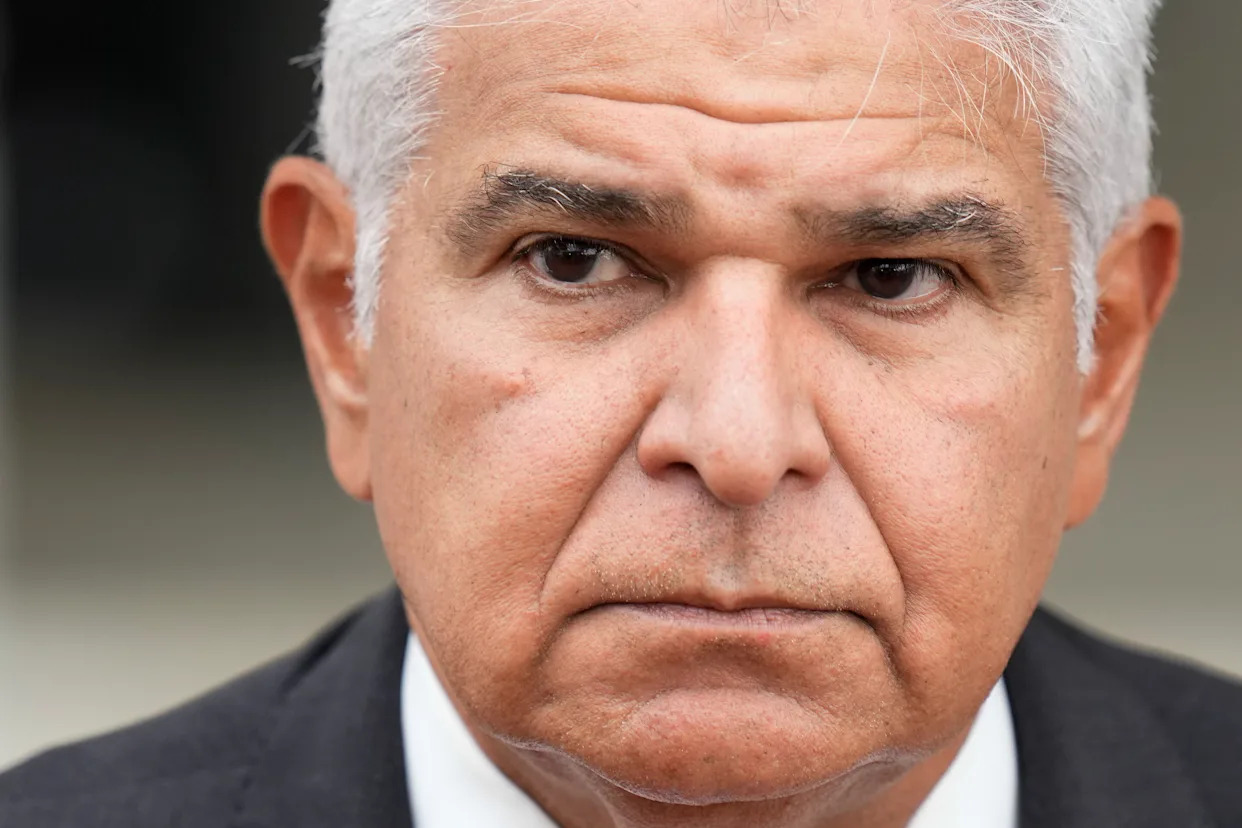
PANAMA CITY — In his campaign and after his election, Donald Trump complained about high transit fees for U.S. ships crossing the Panama Canal, said the waterway was controlled by China and pledged to retake it. Now, eight months into his administration, he has looked far beyond the canal for ways to undercut Chinese influence in Panama — and created a political headache for leaders here.
The clearest example of the difficult situation Panamanian leaders find themselves in came in June, when the U.S. embassy in Panama announced that the United States was funding the replacement of phone towers built and operated by Huawei, the Chinese tech company, with those made by an American company. The embassy stated openly that the goal of the plan was to “counter China” in the country.
The announcement caught Panama’s president off guard. Already facing a national uproar over his previous perceived concessions to Trump, José Raúl Mulino quickly criticized the announcement but did not deny it. “I ask the U.S. Embassy to refrain from making public pronouncements about decisions made solely by the Panamanian government, regardless of the cooperation that may exist,” he told reporters, adding that he would personally inspect the new antenna installations.
The dust-up illuminated just how wide-ranging the United States’ plan to counter Chinese influence in Panama is — and how politically thorny it’s becoming for Panama’s government.
In recent years, China has wooed Panama and other Latin American countries with economic and security pledges in a bid to chip away at America’s influence in the region — building ports in Peru, smart cities in Brazil and a space facility in Argentina, while also loaning the region billions of dollars. China has undertaken a similar influence campaign in developing regions across the world, most notably in Africa. Its ultimate goal is to reap the trade and economic benefits of such projects and firmly assert itself throughout the world as a superpower.
In Panama, the clearest signs of a split with China can be seen in diplomatic relations. First, Mulino announced in February that Panama would not renew its membership in China’s Belt and Road Initiative, a global infrastructure investment program that China has brought to countries ranging from Greece to Tanzania.
Then there’s the fact that neither Mulino nor anyone in his cabinet has held a publicized meeting with a Chinese official since November, when Mulino met with Xu Xueyuan, China’s ambassador to Panama. By contrast, Mulino has met publicly at least three times with Kevin Marino Cabrera, a former Miami-Dade County commissioner who was tapped by Trump to be America’s ambassador to Panama in February.
“My first priority will be to reinforce our joint work to counter malign influences in the region, such as China's,” Cabrera said in a press conference after arriving in Panama.
In the meantime, Chinese officials have been afforded meetings with low-level representatives, former diplomats and political party leaders in Panama — a marked change from just a year ago, when Mulino conveyed to Xi Jinping his wish to “constantly lift Panama-China relations to a higher level.”
In May, at a high-profile summit in Beijing between China and Latin America — attended by 17 foreign ministers and the presidents of Brazil, Chile and Colombia — Mulino and other high-level Panamanian officials were conspicuously absent. Instead, Panama dispatched only its ambassador and head of Asia-Pacific affairs. The summit marked the only diplomatic trip to China by a Panamanian official since Mulino took office, according to visit records.
“You have the chance to speak with [China’s] Minister of Foreign Affairs and the Minister of Commerce, or whoever it is you want, and Panama didn't send even a vice minister,” said Sebastian Naranjo, a Panamanian scholar who used to lead the Asia-Pacific division of Panama’s Ministry of Foreign Affairs.
“There's been a clear separation and slowdown” in Panama-Chinese relations, he said.
Beyond these signs of cooling diplomatic relations, once-growing commercial activity between the two countries appears to be dwindling, too, particularly on big infrastructure projects. While China was once the exclusive superpower bidding for a stake in major projects like the fourth bridge over the Panama Canal and a new metro line in Panama City, the United States appears to be vying to replace it on some major transportation projects in Panama. After Trump’s election, Mulino’s administration hired the American firm AECOM to revise a master plan, first completed by a Chinese company, for a high-speed rail line across the country.
In June, Mulino met with leaders from a dozen American companies, including Visa, Pfizer, JP Morgan and Amazon, which is eyeing Panama as the site of a potential data center or distribution or logistics hub. Earlier this year, Amazon launched free delivery in Panama and met with Panama City’s mayor to discuss a partnership program that helps cities migrate municipal technology and software to Amazon Web Services.
The global spotlight, though, remains squarely on the Panama Canal, where China’s grip on development is loosening, too, and American influence is stepping in to fill it. A consortium of companies led by the American firm BlackRock is in negotiations to acquire two ports on the canal owned by the Hong Kong-based CK Hutchison, which is looking to sell its $22.8 billion international ports business. The sale was touted by Trump as a victory in his campaign against Chinese influence along the canal. For now, it’s unclear if it will go through: Panama Canal Authority administrator Ricaurte Vásquez Morales has raised concerns that the acquisition could compromise the canal’s neutrality, and Chinese regulators have put the sale on hold as Beijing continues to haggle for a stake in the deal.
The Panama Canal advisory board, a group of business leaders that reviews toll increases and counsels Vásquez and the board of directors, also lacks a Chinese member for the first time in decades, after the country’s sole representative, Wang Haimin, the executive vice president of China Ocean Shipping Company, departed the board last winter. His exit, confirmed by advisory board member Joe Reeder, could put the canal’s second-largest user at a disadvantage at a critical moment.
“There is every reason in the world for COSCO to be on that board, because they’re, if not the largest, one of the largest users of the canal,” said Evan Ellis, a professor of Latin American studies at the United States Army War College who called Haimin’s departure “an anomaly whose timing coincides with the ratcheting up of U.S. pressure.”
All of this has been noted by Panamanians — many of whom have been unhappy with Mulino’s deference to Trump and, specifically, with his spurning of China. Panama’s compliance with Trump’s demands, such as an April agreement to allow more American forces onto Panamanian military bases, has proven unpopular. Thousands of Panamanians marched in May against the agreement, compounding a wave of domestic turmoil in the country triggered by social security reforms passed in March. A July poll found that 73.6 percent of Panamanians disapprove of the national government, up from 14.8 percent in October.
“I think there's a level of annoyance [regarding Mulino’s deference to Trump],” said Jose Isabel Blandón Figueroa, the leader of the country’s Panameñista Party, who enjoyed warm relations with U.S. ambassadors as mayor of Panama City. “I don’t think there’s a government in Latin America that has given in more [to Trump] than the Panamanian government.”
“Segments of society in Panama — not anti-American, not pro-American either, just people who believe in a good relationship [with the U.S.] — are reacting negatively,” Edwin Cabrera, a well-known Panamanian radio host, said. “Now, even professional middle-class sectors are asking: Why does the U.S. have to say these things?”
And then there’s the question of whether rejecting China could negatively affect Panama, which has benefited from years of Chinese investment and partnership on development projects. During my three-week visit in June, taxi drivers, tour guides and analysts were quick to speak highly of Panama’s historic ties to China, dating back to the construction of the Panama Canal Railway, and name Chinese members of their family.
Panama is home to Central America’s largest Chinese community — a presence dating back to the mid 19th-century that’s evident in the capital’s Chinatown neighborhood — a fact now frequently invoked by Chinese officials.
“The [Chinese] embassy people here feel ignored, they are completely out of any relations with the government — and they say that probably will affect Panama,” said Guillermo Cochez, Panama’s former representative to the Organization of American States who discussed the “stagnation” in China-Panama relations at a meeting with Xu on May 23.
Panamanian leaders seem to understand the risk of blowback from their own voters and China. “What [Panama has] tried to do is deal with the low hanging fruit to show the U.S. that they're moving in the direction of decoupling and reducing Chinese influence … while at the same time not triggering a Chinese response,” said Orlando Pérez, an expert on Panamanian affairs at the University of North Texas at Dallas.
Panama, for its part, claims to want no involvement in the U.S.-China rivalry.
“They should fight their fight in Washington or in Beijing, but not in Panama’s backyard,” Mulino said at a press conference on June 12.
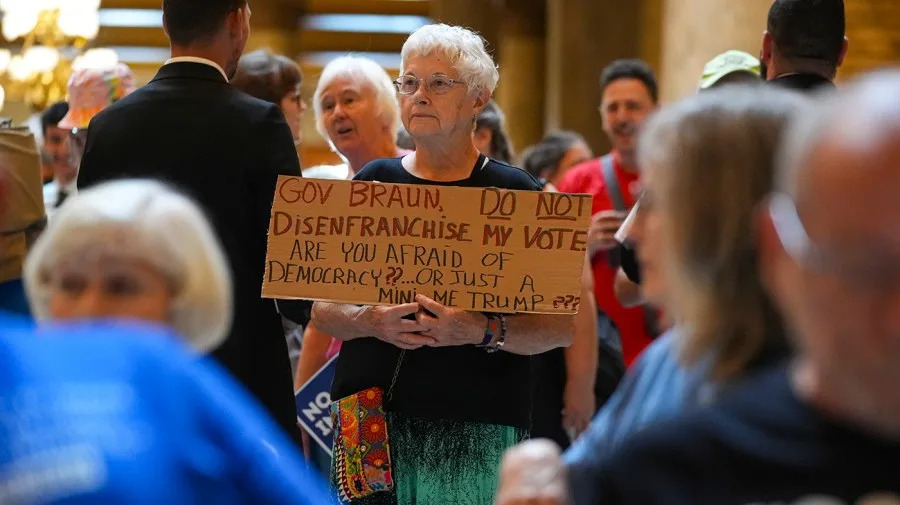
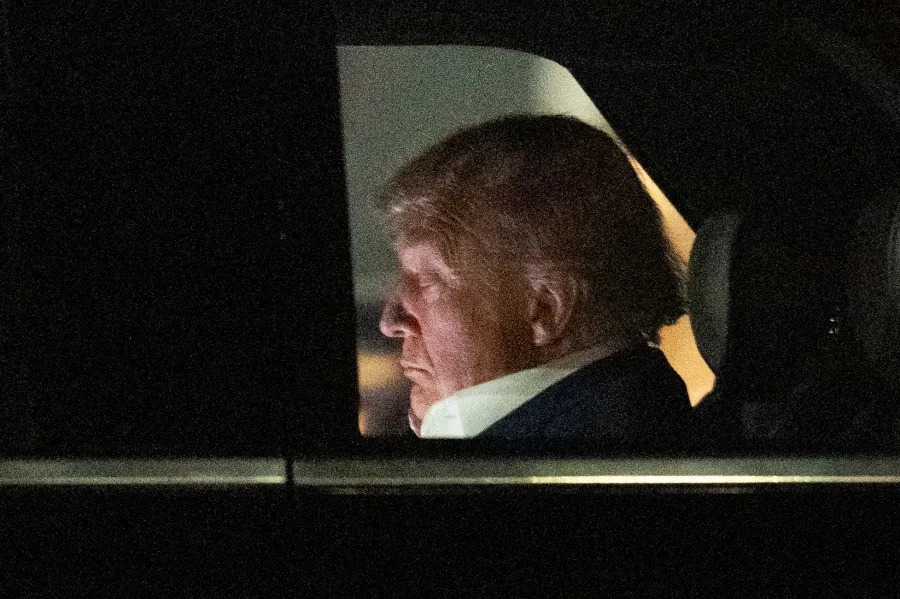
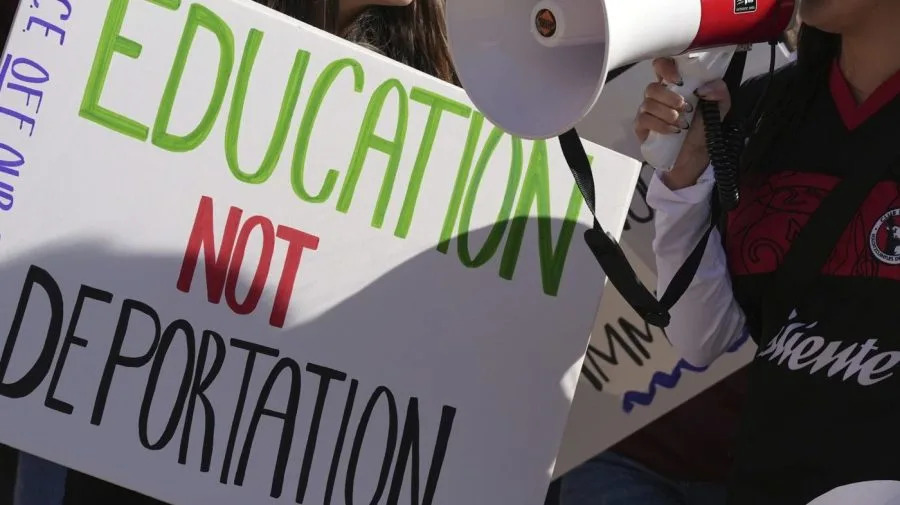
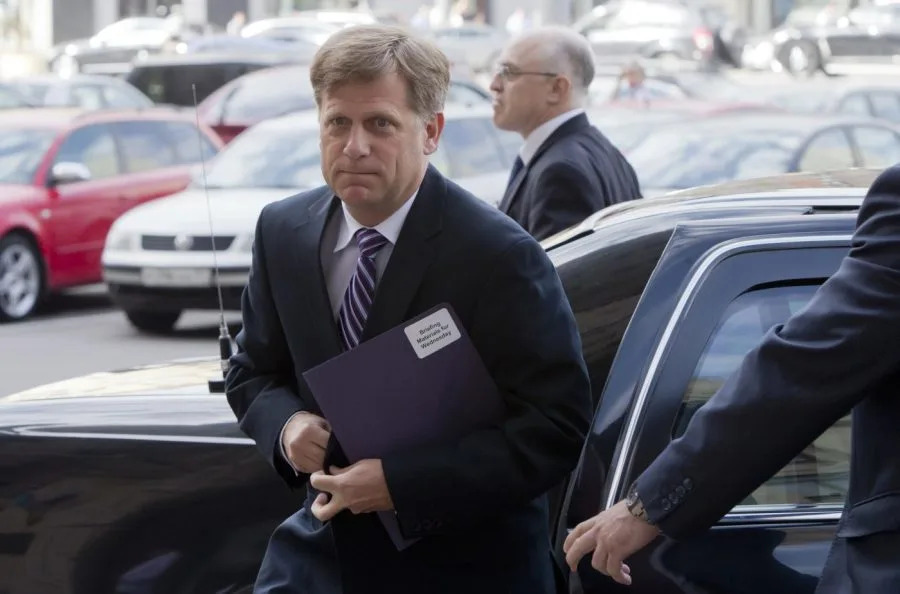
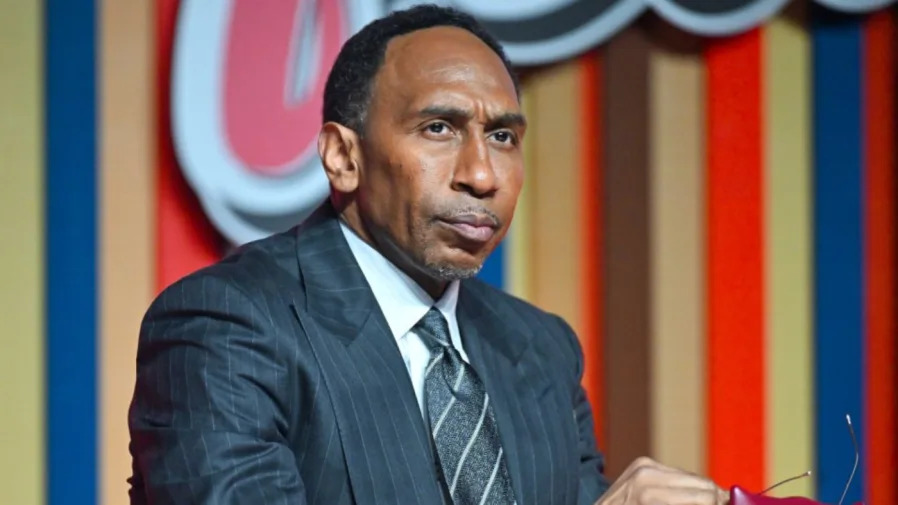

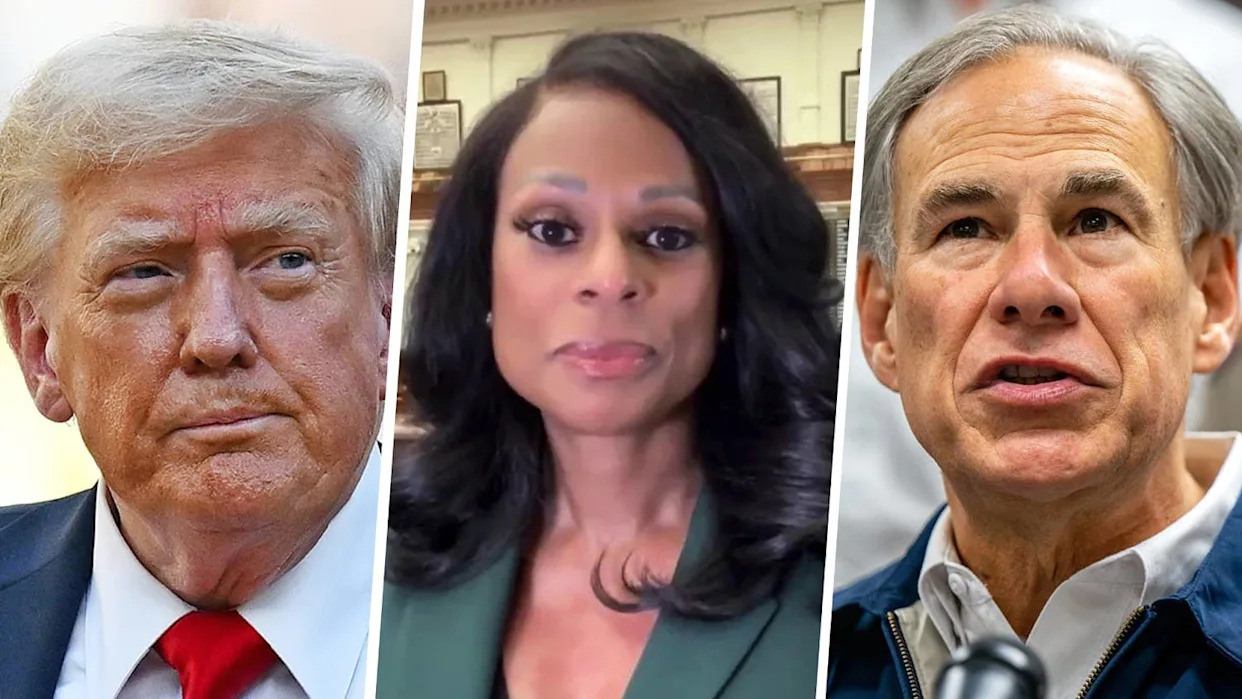
Comments